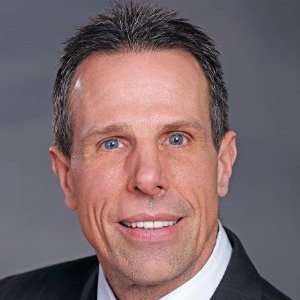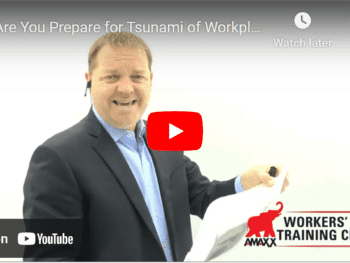
Forward-thinking Risk Managers take the position that they are the most qualified, responsible and required to support the CFO putting this risk puzzle together.
- They are most qualified because they have experience in risk assessment frameworks; they work across silos and regularly deal with complex risk. In short, dealing with risk is in the Traditional Risk Manager’s DNA.
- This resume makes them the most responsible to embrace a more comprehensive approach to risk that is robust enough to give a more global risk assessment process a jump start. This can be done by simply piloting & demonstrating how key ERM principles work in their “Business Process Area – Hazard Risk”.
- To earn the right to be a “Champion” to support the CFO in a broader risk initiative, the Risk Manager is most required to get it right in their area. In short, demonstrate value and make an impact in the hazard risk space.
To earn your way to a more strategic role, Risk Managers should select a Landing Spot, Map the Baseline, Be Structured About Improvement and Put Focus on the Overall Design.
Pick Your Landing
Earn credibility by confronting your biggest challenge head on. For most in the hazard risk space, their most complex area is workers’ compensation (WC). The stakes are high, the resources are typically limited and opportunity is significant. This area involves many stakeholders and has many requirements that must all fit together to get it right.
- Take the overwhelming and break it into manageable parts so that logic to structured continuous improvement can take place.
- The parts of WC are program foundation, injury prevention, post-injury management, claims management, controlling medical, safety culture and team collaboration.
Map the Baseline
One of the most valuable things a risk manager can do is take a step back and define the complex area/landing spot’s current baseline.
- A clearly defined baseline is an essential part of making progress. In fact, no changes should ever take place without a clear understanding of all the current controls in place, processes and how they connect to each other.
- To the extent you can define your baseline is the extent your stakeholders (internal & external) will be able to support you. A clear baseline not only defines current controls in place that match up with your “root cause” risk but it quantifies & qualifies what is being done so that available time & resources can be allocated to what is most important.
- Your clearly defined baseline becomes the roadmap for all stakeholders to support you. A baseline should be a living document that is updated as changes take place.
Be Strategic about Improvement
Get your ground game moving. This will open up your progress to some bigger success. The ground game is about focusing on the parts. For each of the parts focus on defining, designing and continuous improvement.
- The “Define” simply means putting focus on what is currently being done, the why to the process and if it is effective.
- The “Design” is about exploring options and identifying better/more efficient and effective processes.
- The “Continuous Improvement” is all about making logical and informed decisions and moving targeted areas forward.
Put Focus on the Overall System Design
This is the fun part that allows you to go for the big yardage and the win. It is fun because it forces you to operate as an entrepreneur. If you do not enjoy this part, you have lost your pulse and need to find it.
- Your “Risk Pulse” is your drive to make a difference and to figure out the complexities of the risk puzzle.
Every puzzle is solvable and if you have the pulse to take on the challenge, you get to use your creative skills, your design skills and your marketing skills as well as project management and leadership skills as your “Risk System” takes shape in front of your eyes.
- Figuring out the puzzle shows that you are finding time to operate strategically and putting thought and structure into the desired outcome. Like building a complex building, you are defining the specifications, designing to specs and building in structured feedback to make sure there are no missed opportunities.
- The specifications involve knowing the demographics, resources, obstacles and specifically what you want your risk system to do. This translates into a clear message and pre-frame that ensures the intent of the message is heard loud and clear.
- The design is all about defining your “ 3 Lines of Defense” and mapping out what is most important with details on how it will be accomplished. Items like roles, obtaining buy-in, accountability and engagement never just happen, they only come with a targeted design to the process.
You cannot achieve the desired behaviors/the output of your “Risk System” without a process for feedback.
- There needs to be both formal and informal processes to capture feedback from your stakeholders. You need to understand how stakeholders are receiving your message and capture opportunities for insight and engagement.
By applying core enterprise risk principles to the most challenging part of your hazard program, immediate progress will happen in months and sustainable results will be realized within a year. You will have earned the opportunity to transition your risk platform to a broader risk initiative to support the CFO and organization.











